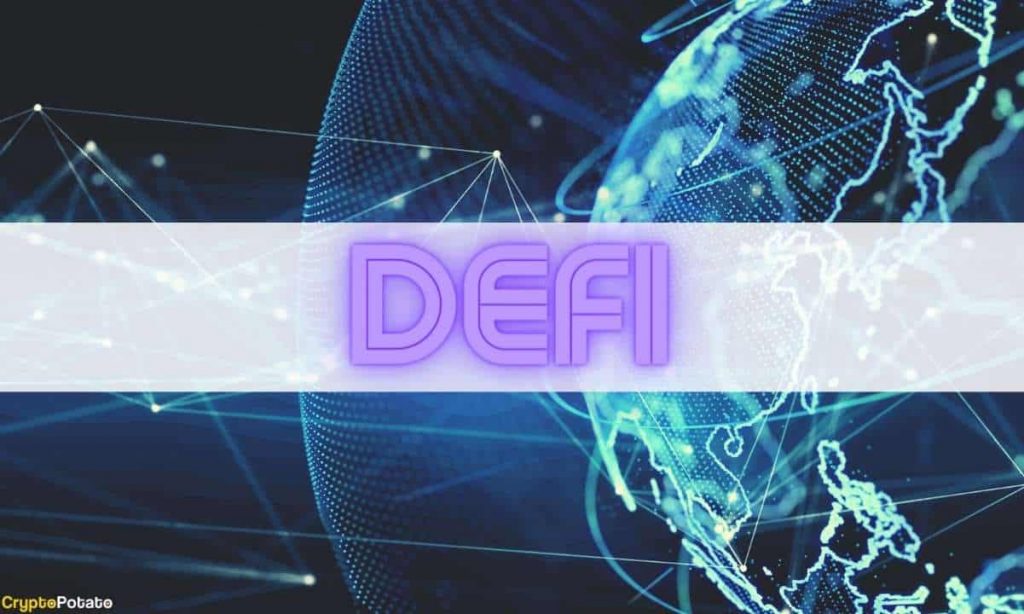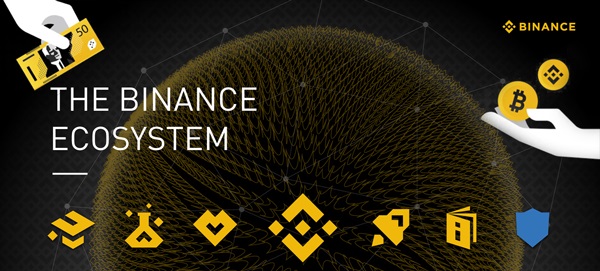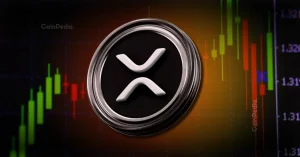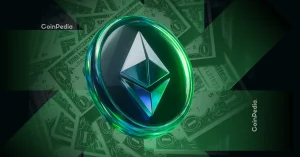Vanguard of Financial Revolution, Assessing Opportunities, Bottlenecks, Compliance

Decentralized Finance (DeFi) players have been left unscathed as the unmonitored control of off-chain capital of centralized crypto entities led to misdeeds and bad trades, and subsequent collapses.
Be it multi-billion dollar bankruptcies, fraud allegations, rampant scandals, or plunging crypto-asset prices, 2022 was characterized by tragic events, culminating mostly from CeFis, which, in turn, enhanced the value proposition of DeFi.
The decentralization-first purist approach is yet to take hold in the industry whose inception itself was inspired by the distrust in centralized financial pillars. But as the broader industry climbs out of the harshest crypto winter, DeFi is, slowly but steadily, shedding its repute as an unsustainable idealism. Let’s dive in to assess the opportunities, bottlenecks, and compliance in this sector this year.
Real World Using DeFi
A push towards real-world assets marks a unification of traditional finance and DeFi, which has paved the way for a multi-trillion dollar credit market to the decentralized finance ecosystem. Such an integration leans into the strengths of both sectors.
Recently, a private-equity firm Hamilton Lane teamed up with digital asset issuance firm Securitize in a bid to tokenize a portion of its $2.1 billion flagship equity fund on the Polygon network. In yet another case, Singapore’s central bank, MAS, unveiled Project Guardian, a pilot program to tokenize bonds and deposits that can be used in numerous DeFi strategies.
Similarly, a Philadelphia-based Huntingdon Valley Bank partnered with MakerDAO, following which the protocol connected its native stablecoin DAI to traditional finance. This marked the first commercial loan participation between a US-regulated financial institution and a decentralized asset.
The inclusion of real-world assets in the DeFi industry ramps up the liquidity available while offering a novel asset class for DeFi participants to leverage for investment yield. One of the major catalysts fueling this trend is less exposure of the investment yield to crypto volatility and serving businesses and customers who are not crypto native. Other benefits include lower investment minimums, enhanced transparency and security of blockchain, increased access through fractional ownership, etc.
According to Matt Henderson, the Chief Strategy Officer of Aurora Labs, there seems to be no limit to the areas in which tokenizable RWAs can foray into. While speaking with CryptoPotato, the exec also touched on fractional ownership, which he believes to be a key proposition for driving real-world assets.
“Fractional ownership is the key proposition for driving Real-World Assets. As of now, there seems to be no limit to the areas in which tokenizable RWAs can foray into. The two markets which have gained attention lately are real estate (property), and financial products, including United States Treasury Notes.”
Deal With DAOs
Decentralized autonomous organizations (DAOs) are on the rise as well, as the world gears up for Web3. The main aim is to democratize the management structure by eliminating centralized hierarchies. As such, these organizations endorse the idea of collective governance through on-chain voting. The focus remains on increasing investor flexibility and diversity of funded ideas.
But DAOs are not flawless either. Be it privacy issues, or power inequalities, these organizations have their own share of limitations. Treasury management is yet another sticky subject.
On that note, Henderson said that “real-world businesses have searched for the ideal ways to organize and govern themselves, and none have settled on rule by mob.” The closest attempt, according to the exec, has been “holacracy,” which is a flat management structure that distributes authority among self-organizing groups instead of the top-down authority. However, Henderson said none of them have “really worked.”
He believes there’s a “long way to go” when it comes to making DAOs work effectively. The best approach that he has seen so far “would map analogously to a corporate Board of Directors, where the token holders vote periodically on a governance council (the “Board”), who then select and oversee the people who run the daily business operations of the project.”
DeFi Insurance Protocols
Despite the immense evolution in DeFi, calls for regulation and compliance are growing louder than ever. This is because the fledgling sector has become a very attractive venue for illicit activities and illegal scams.
DeFi services were reported to have been leveraged by threat actors for criminal activity linked to North Korea. Over $3 billion was lost to DeFi exploits last year alone. It is safe to say that security is a fundamental bottleneck to the adoption and expansion of the space.
But Aurora’s Henderson does not believe there’s a “tight coupling between DeFi hacks and regulations.”
“Much of the regulation news we’ve seen in the past year has been around the protection of consumers from TradFi firms who operate in the crypto space.”
The exec said DeFi protocol security will always be a challenge and a game of cat and mouse. With more capital infusion, Henderson added that the DeFi protocols will continue to become more susceptible to targets. This is where DeFi insurance protocols come into the picture that helps in shielding victims from losses and help them recover lost funds.
“Protocols such as InsurAce are providing safer Web3 insurance solutions on Aurora, safeguarding users from catastrophic events. It has paid over $11.8 million in insurance claims across 20 chains safeguarding over 140+ protocols.”
A recent report by the decentralized finance analytics platform OpenCover found that DeFi insurance companies have compensated more than $34 million in claims in 2022 alone. Data revealed that $22.5 million was paid out during the Terra collapse followed by $4.7 million post-FTX’s fall.
Compliance in DeFi with ZK
Zero-knowledge proofs were recently cited in the 40-page report by the United States Treasury Department. Such an acknowledgment has been welcomed by the crypto community, because the tech has proved its viability across areas such as unencrypted messaging, data storage and security, next-gen file control systems, integrating with private blockchains, and more.
ZK tech is useful for privacy-sensitive applications such as cryptocurrency transactions by enabling users to conduct trades without revealing their identities or details. This is done by creating a cryptographic proof.
Aurora Labs, for one, is closely monitoring ways to leverage this tech for the Rainbow Bridge. But the main bone of contention is its lack of adoption. To top that, there are very few people in the industry who can address certain issues associated with it.
“The major problem was observed during an exploit that affected the whole industry, and relatively, there were only a few people with the mathematical background and capability to address the problem. So this is one of the areas I’m selectively cautious about, although it has rewarding use cases, including privacy-preserving features, security, cost-effectiveness, and more.”
But it is equally important to understand that ZK technology isn’t a new concept and has been around for decades, beyond finance. The adoption of this mathematical technique was event proposed to aid the Danish Red Cross’s humanitarian efforts in Somalia last year.
The bottom line is, DeFi protocols need to implement a rigorous approach to compliance because experts believe ZK-proofs allow for security against evolving threat actors. On the other hand, regulators should refrain from overreaching. Or else, a lot could go wrong.
Binance Free $100 (Exclusive): Use this link to register and receive $100 free and 10% off fees on Binance Futures first month (terms).
PrimeXBT Special Offer: Use this link to register & enter CRYPTOPOTATO50 code to receive up to $7,000 on your deposits.















